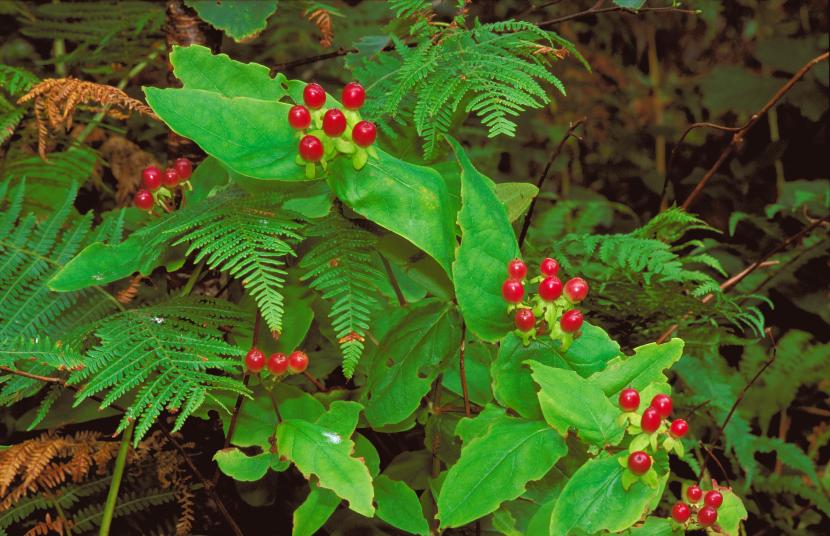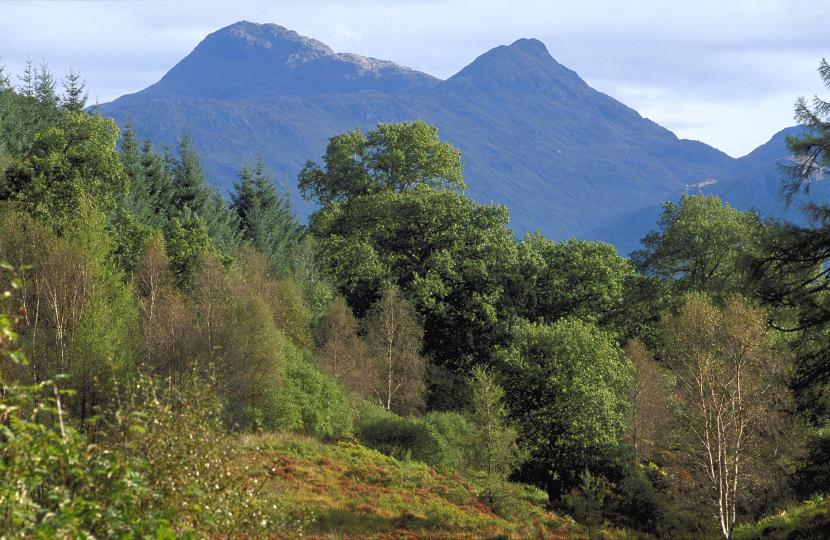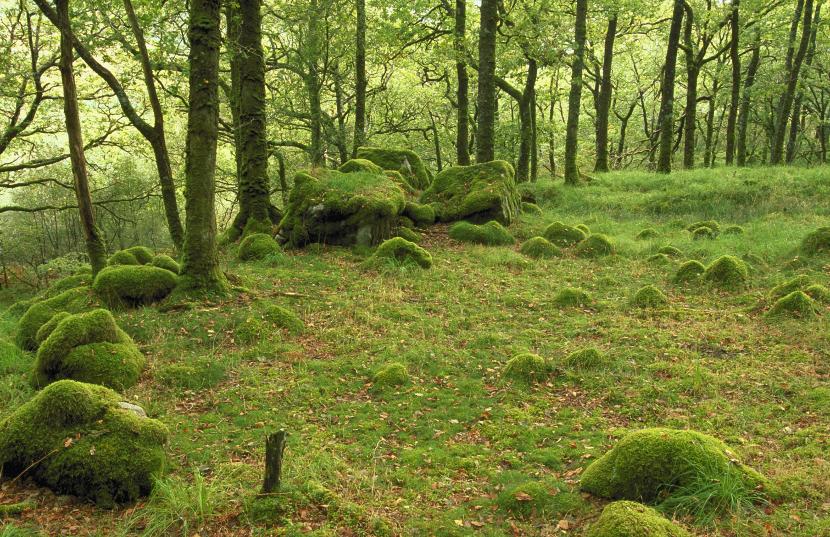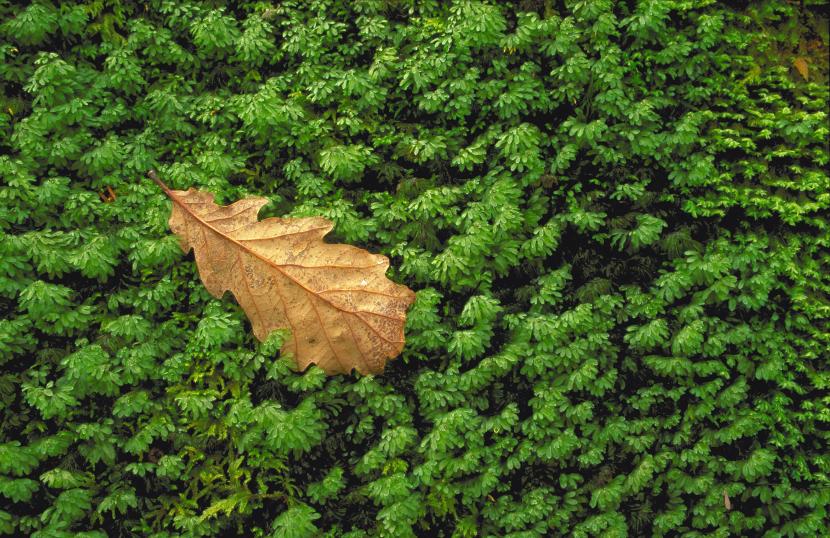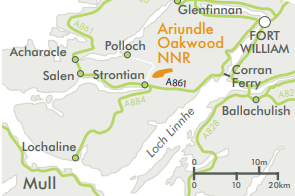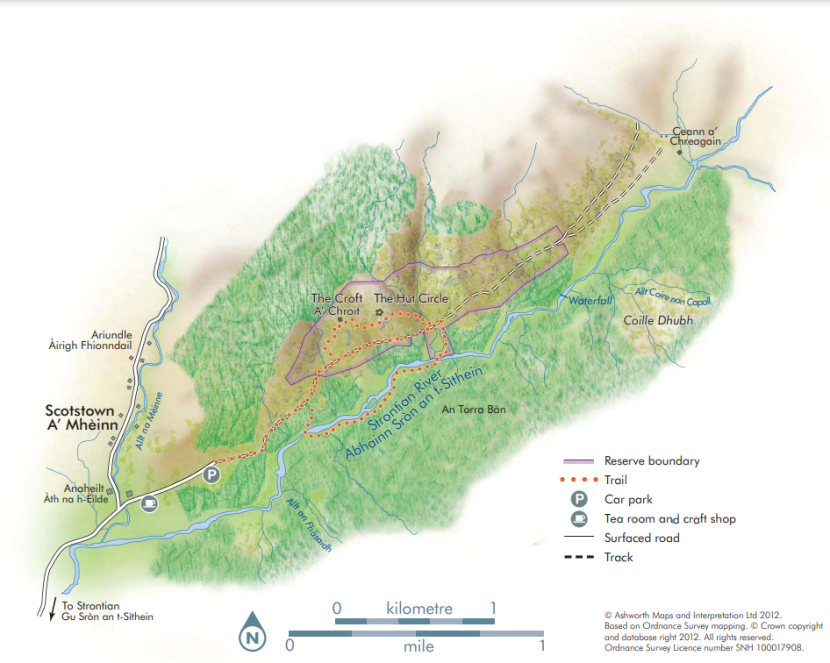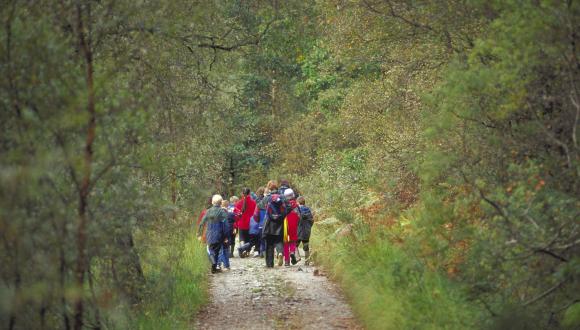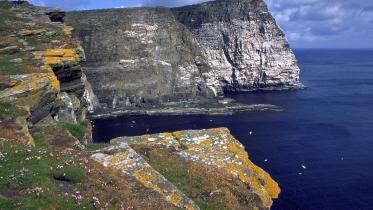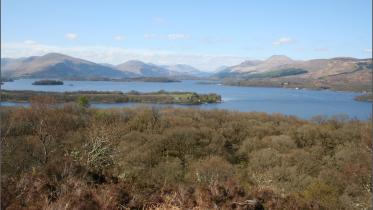Ariundle Oakwood NNR - visiting the reserve leaflet
Read in Gaelic / Leugh ann an Gàidhlig
Welcome to Ariundle Oakwood National Nature Reserve
A lush covering of mosses, lichens and liverworts flourishes in the undisturbed world of Strontian Glen, as do rare insects.
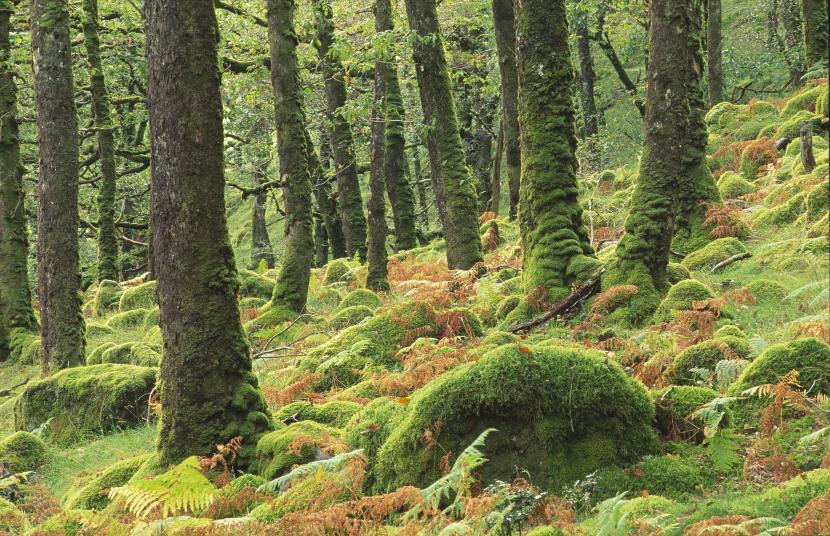
From tiny acorns...
The trees here are mostly sessile oaks, which do well on the acid soils that cover the granite bedrock. Other native species include holly, hazel, birch, rowan, alder, willow, ash and wych elm. Ancient oakwoods such as Ariundle are now so rare they are protected; the wildlife that share this National Nature Reserve are carefully managed by NatureScot to ensure their long-term survival.
Rich resource
These oakwoods survive today because they have always been valued and nurtured by local people. In the 18th and 19th centuries, the trees were cut close to the ground on a 20 year cycle – or coppiced – to create wood for charcoal-burning. This fed the Bonawe iron furnace and was used in Strontian Glen’s lead mining industry. When the furnace closed in 1876, the wood became a shelter for livestock, and the walled enclosures survive to this day.
Ariundle Oakwood NNR is 1.9 miles/3km north of Strontian. On reaching Strontian, turn right after the bridge. After 1 mile/ 1.6km, turn right, following signs for Airigh Fhionndail car park.

Rare sights
Among the insects that thrive in these woods is the rare chequered skipper butterfly, which became extinct in England in the 1970s. This small, darting butterfly with golden spots lays its eggs on the purple moor-grass in wet glades near the Strontian River. Come autumn, it weaves the dying blades of grass together to form a ‘tent’ for winter protection.
The northern emerald dragonfly is only found in northwest Scotland and southwest Ireland. The nymphs spend two of three years in pools here, but only live for a few days after hatching - long enough to breed.
Dripping with green
The Gaelic name of this place is Airigh Fhionndail, meaning ‘shieling of the white meadow’, but it is the myriad shades of green that now provide a feast for the eyes as you wander these enchanting woods. A luxurious growth of mosses, lichens and liverworts covers every possible surface – boulders, tree trunks, branches… These primitive plants don’t have roots; they take in water and minerals through their leaves and stems. And, with the Gulf Stream creating a mild, moist climate, they flourish here.
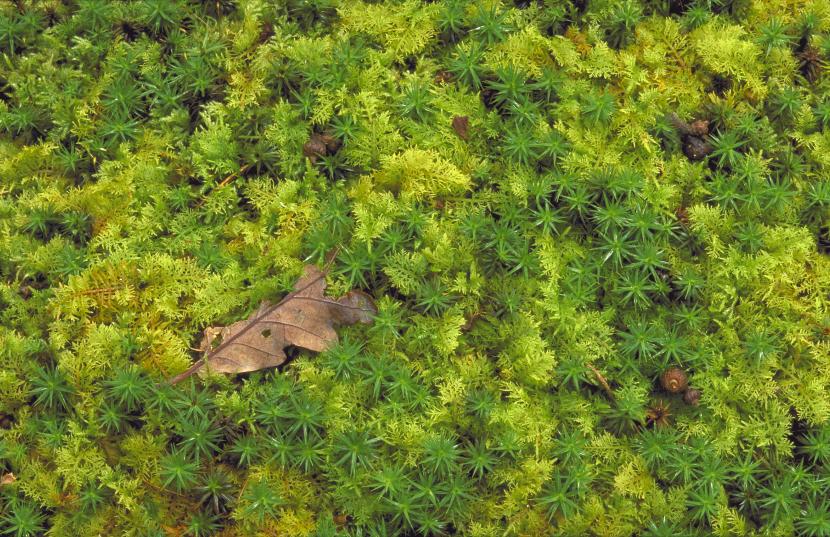
Look and listen
It is the white-petalled wood anemone that gave these woods their Gaelic name and, come springtime, they still carpet the woodland floor – along with wood sorrel, lesser celandine, the dainty primrose, bugle and huge swathes of bluebells.
As you wander the tracks and trails, watch and listen for the birds that dwell here too. Tits, chaffinches, robins, wrens and buzzards are resident all year. In summer, redstarts, wood warblers, willow warblers and tree pipits add to the tuneful chorus. You may even see a golden eagle soaring above the treetops.
Ariundle is also home to shrews, red and roe deer, foxes, badgers and tiny pipistrelle bats. Pine martens, wildcats and otters live here too, but you’re unlikely to catch a glimpse of these elusive creatures.
Need to know
The main track is wide and level, but other paths are narrower and steep in places. They are often wet, with loose stones and protruding tree roots.
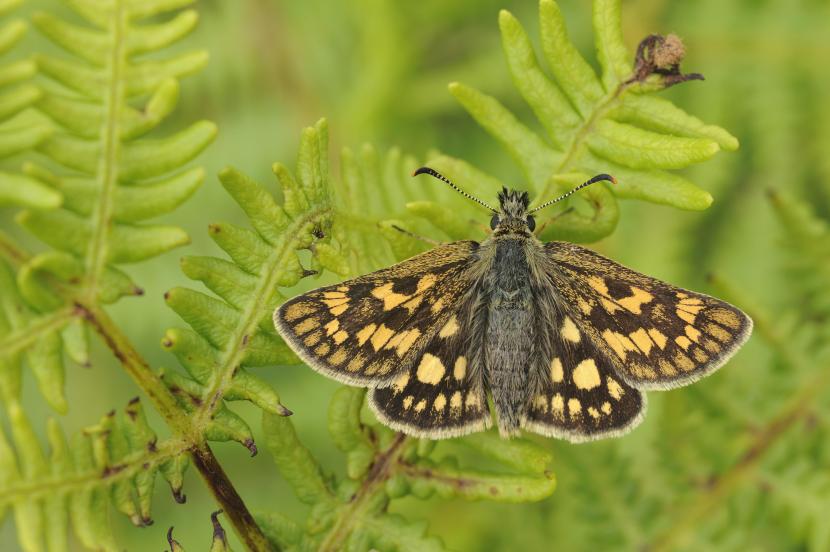
A walk in the woods
A wide track can be followed from the car park through the Reserve. A 1km Woodland Walk heads up into the trees on its north side, visiting a ruined croft and providing glen views. Another trail explores the land beside the river. The two can be combined to form a 5km walk.
Reserve map
